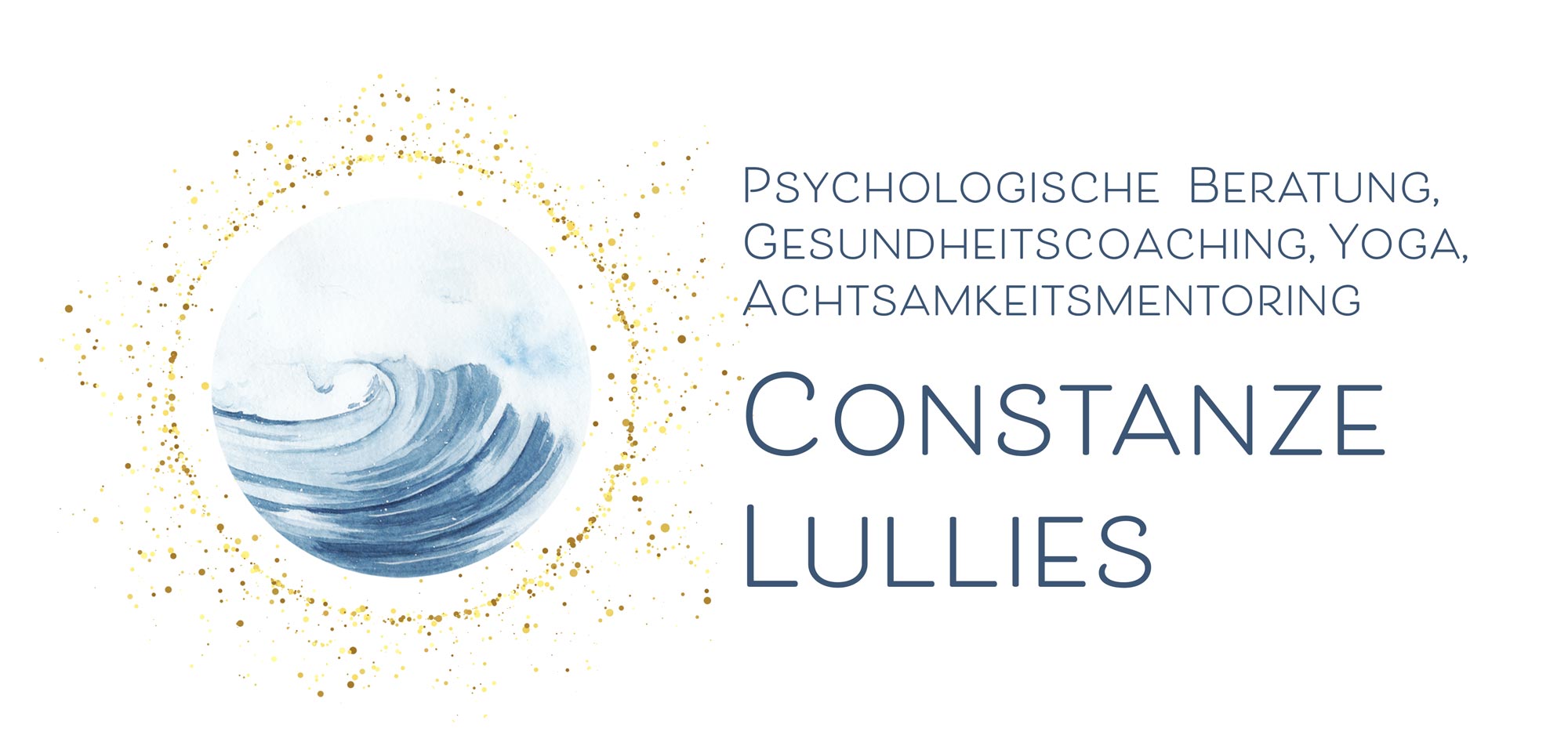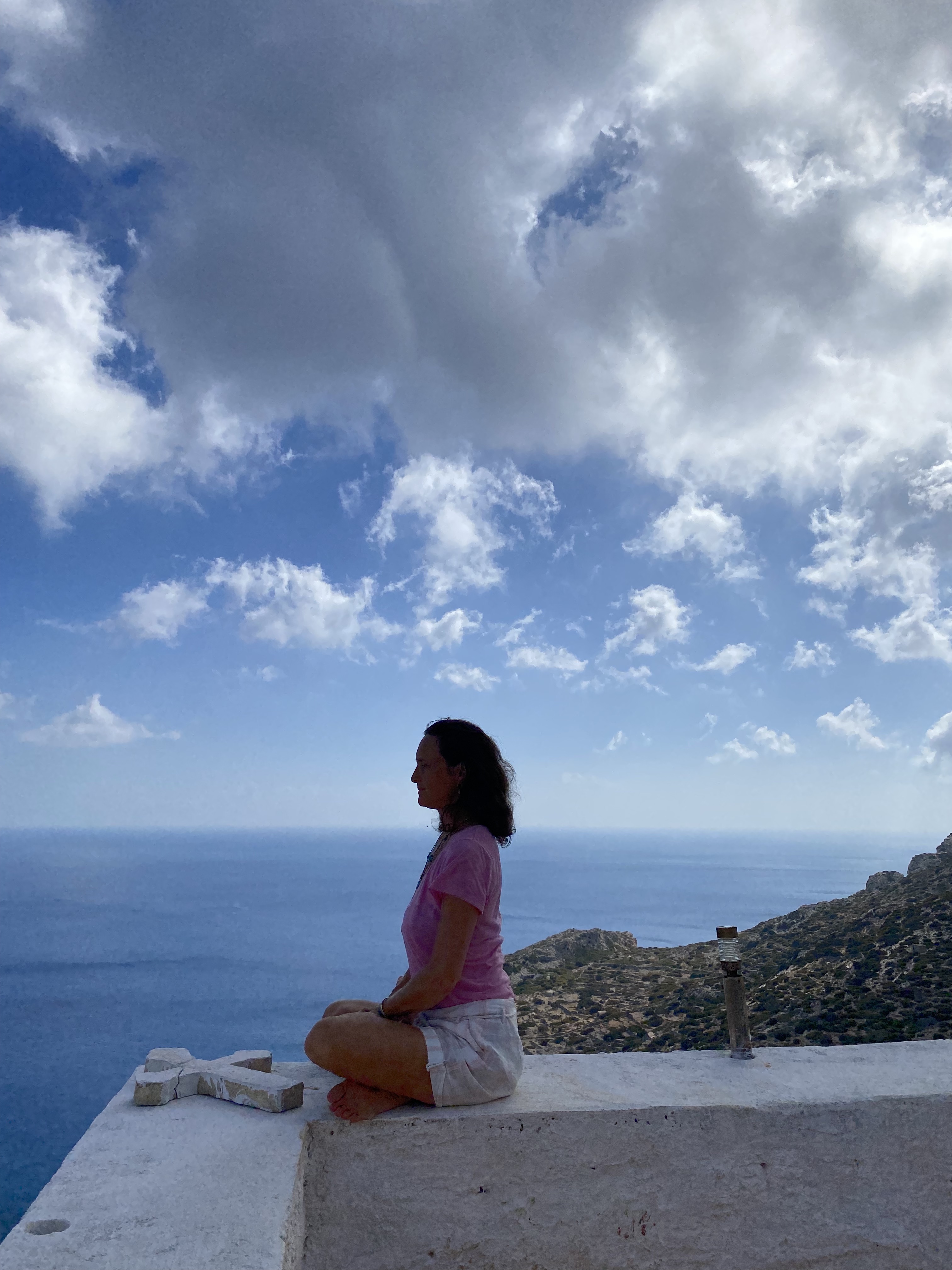What is mindfulness?
We don't meditate to become better people or have special experiences.. Meditation is simply the way we relate to our already existing enlightened state. (Chögyam Trungpa Rinpoche)
There is a lot of confusion around meditation and mindfulness. Some people tell me: its not for me! As as I sit down, my mind starts racing. I just can’t stop thinking! Especially my mother likes to challenge me saying: you’re just sitting there thinking about yourself. You should go out and change the world, and demonstrate like we did in the 60ies and 70ies.
So what is it really about?
Open our hearts and minds
“Our lives work is to learn to open the door, maybe very much at our own speed. Maybe we have to shut it and then open it a little more…..but there begins to be a hear- felt longing to open the door…. At some point the door stays open and you invite all sentient beings as your guest” (Chödrön, Awakening Compassion).
I really like this quote by Pema Chödrön as I think it captures, what I consider essential about mindfulness very well. Mindfulness is not about sitting there, not thinking, not feeling anything - especially no pain – being completely self-centred and self-absorbed. Actually, on the contrary: it’s about becoming so present and so grounded in our heart minds, that we can be completely open to our experiences and the world around. Doesn’t that sound great? Actually, it’s quite a journey and it requires a lot of patience, courage and dedication. But my experience is, that slowly but surely, you can feel the benefits of it, in every situation of your life.
So let’s look at some theory here:
Sati – be here now!
The classical term for mindfulness or awareness is sati (Analayao, 2003, S. 48). Awareness is our ability to voluntarily regulate our attention. Sati also means to recollect. We are recollecting the mind in one point of focus. The foundational practice of mindfulness therefore is about bringing our awareness into the present moment and focusing on the object we’ve decided to focus on: the sensations in the body, our breath, our point of focus.
Naturally. when we start to bring the mind into the present moment, the very moment we sit down to do nothing, but observe our breath, the sensations of our bodies, the sounds around us, the mind starts to race. Over time you learn to cultivate mindfulness of breath, sensations, thoughts. By practicing focussing the mind in an intentional way, slowly the movements of the mind slow down. You may feel that over time the contraction loosens. Narrowness gives way to spaciousness. It’s almost like you’re relaxing the brain like a muscle. Then there is a thought; you contract. You notice; and focus on the breath; relax. There is a relaxation in some parts of the body. And you may start to feel a softening of the heart space. As our minds start to slow down, our hearts, our inner experience starts to get more calm, more peaceful and interestingly more open to our environment. We learn to soften, rather than closing our hearts and focusing on a sense of separate “self”.
Present awareness requires us to slow down for a moment and stop doing anything at all. With mindfulness we re-learn to just be present. Not having to go anywhere, not having to do anything. Just being here now.
Vipassana - insight
Mindfulness also includes our capacity for “meta awareness”, our ability to be aware of what our mind does. Meta awareness allows us to analyse the workings or the processes of the mind. Thereby, we become aware of thought patterns, beliefs, etc. We learn to recognize patterns of thought, beliefs and habits which are harmful to us and to others. Advanced practice invites us to rest in open presence and maybe loving awareness: noticing everything, allowing for every experience to happen but not pushing anything away, and not holding on to anything.
Bhavana – cultivating the qualities of the heart
Mindfulness meditation also involves cultivating (bhanvana) wholesome states of mind. We actively invite wholesome states of mind, like peacefulness, compassion and kindness to connect or “liberate” the qualities of an “awakened heart” (boddhi citta).
You may have heard that mindfulness is like a bird; it needs two wings to fly. The two wings are clear seeing or wisdom and compassion. Practicing mindfulness requires a deep attitude of kindness and compassion towards our inner and outer experiences. Keeping the door open which means opening the heart to all of our experiences – pleasant and unpleasant - requires and leads to the awakening of boddhi citta “the altruistic motivation to act with compassion and wisdom for the benefit of all beings (Borghardt & Erhardt, 2016, S. 30)”. Without this heart opening you may be practicing advanced concentration but it’s not mindfulness! The foundation of mindfulness is the intention to cultivate a peaceful and compassionate heart.
«When consciousness is peaceful and open, we rest in equanimity. As our peaceful heart meets other beings, it fills with love. When this love meets pain, it transforms itself naturally into compassion. And when this same openhearted love meets happiness, it becomes joy. In this way, the radiant abodes spontaneously reflect and connect the whole of the world». (Kornfield, 2008, S. 387)

